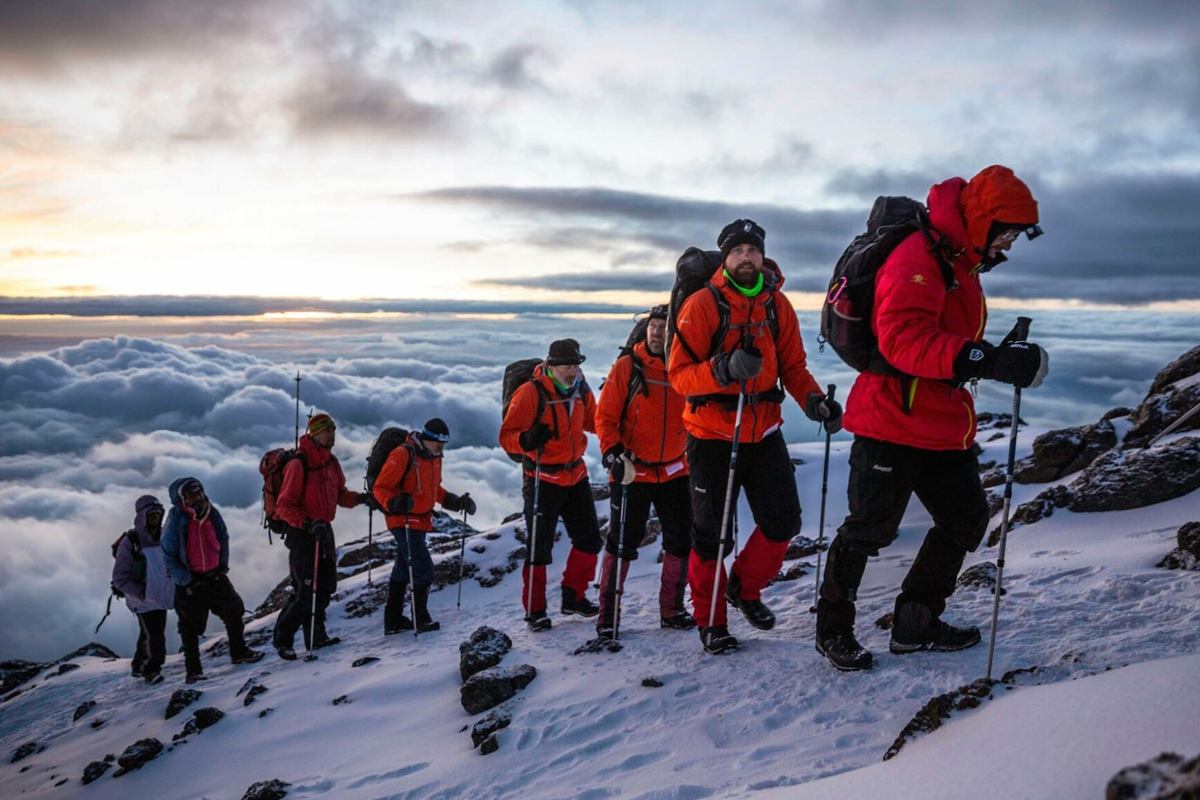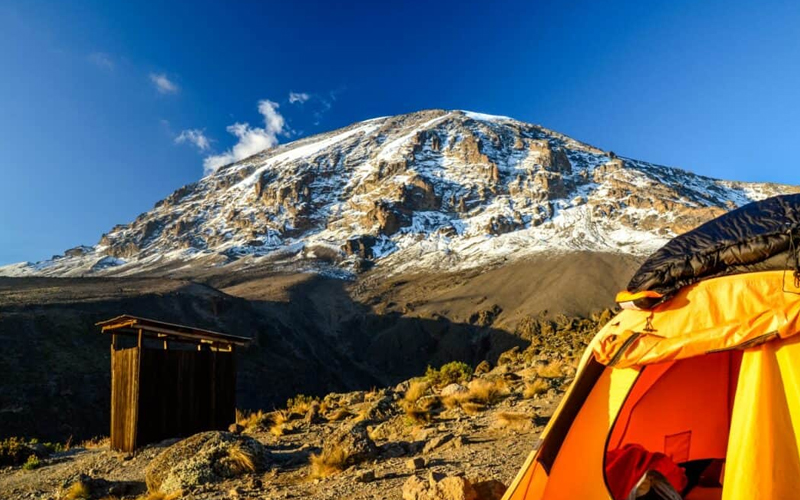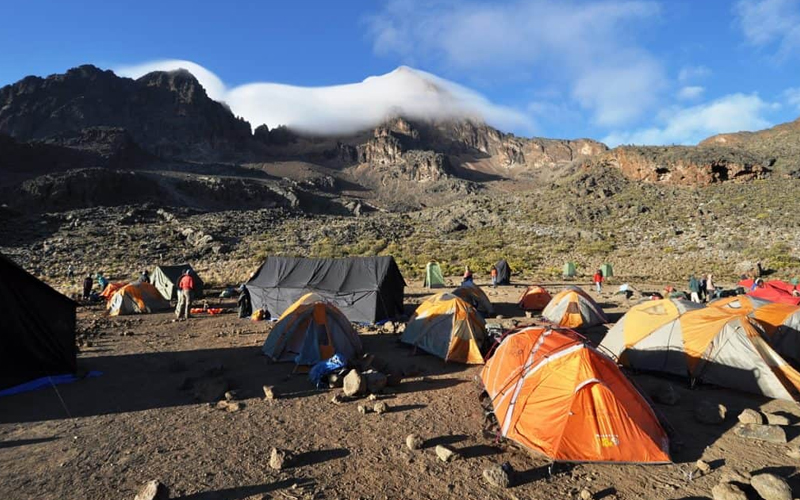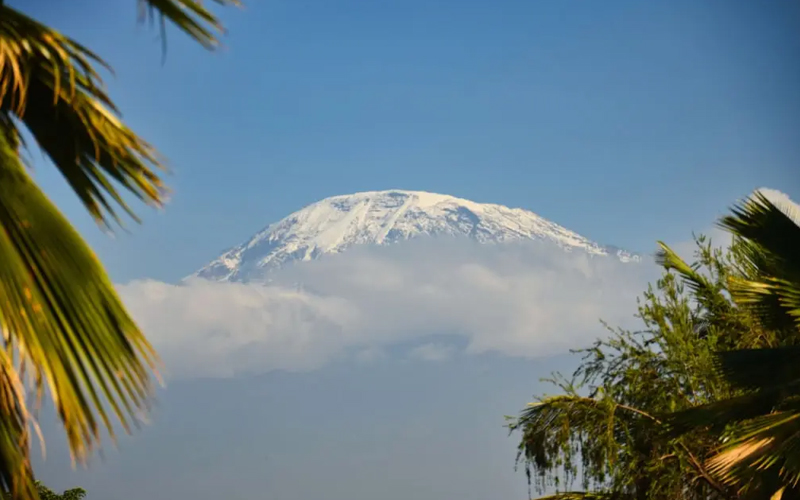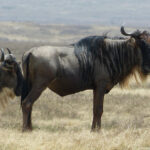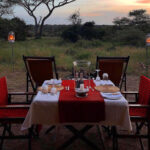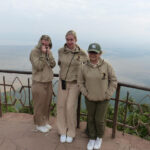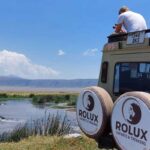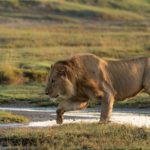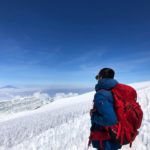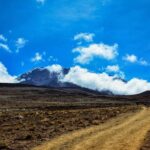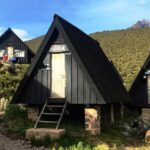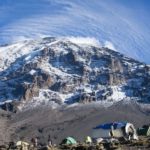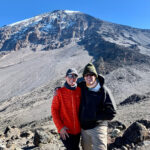Mount Kilimanjaro, the highest peak in Africa, is a dream destination for adventure travelers. Standing at 5,895 meters (19,341 feet), this dormant volcano in Tanzania offers a challenging yet accessible climb that attracts thousands of trekkers yearly. From the lush rainforests at its base to the icy summit, Kilimanjaro presents an unparalleled adventure filled with breathtaking landscapes, diverse wildlife, and the ultimate sense of achievement upon reaching Uhuru Peak. This article provides an in-depth guide to what you can expect when embarking on the adventure of climbing Mount Kilimanjaro.
Choosing Your Route
Mount Kilimanjaro boasts several routes to the summit, each with unique characteristics and challenges. Selecting the right route is crucial for your experience and success.
- Marangu Route: Known as the “Coca-Cola” route, the Marangu Route is the only path that offers hut accommodations. It is considered easier and more comfortable but has a lower success rate due to its rapid ascent.
- Machame Route: Also called the “Whiskey” route, the Machame Route is more challenging and scenic. Its longer duration allows better acclimatization, contributing to a higher success rate.
- Lemosho Route: The Lemosho Route is favored for its beauty and lower traffic. It is one of the longer routes, providing ample time for acclimatization and offering some of the most stunning scenery on Kilimanjaro.
- Rongai Route: Starting from the northern side, the Rongai Route is less crowded and drier than other routes. It offers a unique perspective of the mountain and is an excellent choice for those seeking solitude.
Preparing for the Climb
Proper preparation is essential for a successful Kilimanjaro climb. This involves physical training, mental preparation, and gathering the right gear.
- Physical Training: Start training several months before your climb. Focus on cardiovascular exercises like running, cycling, and swimming to build stamina. Incorporate strength training for your legs and core. Regular hiking with a loaded backpack simulates the conditions you’ll face on the mountain.
- Mental Preparation: Climbing Kilimanjaro is as much a mental challenge as a physical one. Develop a positive mindset and mental resilience. Understand the difficulties you may face, including altitude sickness and fatigue, and prepare yourself to push through these obstacles.
- Essential Gear: Having the right gear is crucial. Key items include layered clothing for various temperatures, sturdy hiking boots, a warm sleeping bag, a backpack, and trekking poles. Ensure you have a headlamp, a first-aid kit, and hydration systems. Quality gear can make a significant difference in your comfort and safety.
The Climb: Day-by-Day Experience
Climbing Kilimanjaro is a multi-day trek, each day offering new challenges and breathtaking views. Here’s a typical day-by-day breakdown of what you can expect:
- Day 1: Starting the Trek: Your adventure begins with a drive to the trailhead, followed by a trek through lush mountain forests. The first day is relatively easy, allowing you to acclimate to the pace and environment.
- Day 2: Entering the Moorland Zone: As you ascend, the landscape transitions to heath and moorland. This day involves longer hikes with spectacular views and the first signs of altitude.
- Day 3-4: Alpine Desert and Acclimatization: The terrain becomes more rugged and challenging, with rocky paths and steeper inclines. These days are crucial for acclimatization, often involving “climb high, sleep low” strategies to help your body adjust.
- Day 5: Approaching the Summit Base: Reaching the final camp before the summit, you prepare for the midnight ascent. The air is thin, and the temperature drops, making this part of the climb particularly challenging.
- Summit Day: Uhuru Peak: Summit day starts around midnight. You’ll trek through the night, aiming to reach Uhuru Peak by sunrise. The final push is the most demanding, but the reward of standing at the highest point in Africa is worth every effort. After celebrating at the summit, you begin your descent to lower altitudes for rest.
Altitude and Acclimatization
Managing altitude is one of the biggest challenges in Kilimanjaro. Altitude sickness can affect anyone, regardless of fitness level. Symptoms include headaches, nausea, and dizziness. Proper acclimatization, staying hydrated, and listening to your body are essential to combat these effects.
- Symptoms of Altitude Sickness: Common symptoms include headaches, shortness of breath, and fatigue. Severe cases can involve confusion, loss of coordination, and fluid buildup in the lungs or brain.
- Acclimatization Tips:
- Ascend Slowly: Allow your body time to adjust to the altitude.
- Stay Hydrated: Drink plenty of water to help your body cope with the altitude.
- Eat Well: Maintain a balanced diet to keep your energy levels up.
- Rest and Listen to Your Body: Take breaks and inform your guide if you feel unwell.
Camping and Accommodation
Camping on Kilimanjaro is a unique and integral part of the experience. Porters set up tents and prepare meals, ensuring you have the energy to continue the climb. The Marangu route offers hut accommodations, providing a different experience compared to tent camping.
- Campsite Life: Campsites are equipped with basic amenities, including dining tents and portable toilets. Evenings are spent resting, socializing, and preparing for the next day’s trek.
- Meals on the Mountain: Meals are designed to be nutritious and energy-boosting, often including soups, pasta, rice, and vegetables. Staying well-fed is crucial for maintaining energy levels.
The Summit Night: Reaching Uhuru Peak
Summit night is the climax of the Kilimanjaro climb. Starting around midnight, you trek in the dark, guided by headlamps, with the goal of reaching the summit by sunrise. The ascent is slow and challenging, but the reward of standing at Uhuru Peak is unparalleled.
- The Ascent: The final push to the summit is the most demanding part of the climb. The air is thin, and the temperature is freezing, but the determination to reach the peak keeps you going.
- The Summit Experience: Reaching Uhuru Peak is a moment of triumph. The view of the sun rising over the African plains is awe-inspiring, and the sense of achievement is immense. After taking photos and soaking in the view, you begin the descent to lower altitudes.
Descent and Recovery
The descent from Kilimanjaro is faster but still demanding. Descending allows your body to recover from the altitude, and you’ll notice an improvement in energy levels and overall well-being. The journey back through the different climate zones is a reflective and celebratory experience.
- Returning to Base: The descent takes you through familiar landscapes, providing an opportunity to reflect on your journey. The return to base camp is often filled with a sense of accomplishment and relief.
- Celebration and Reflection: Back at the base, you’ll celebrate your achievement with fellow climbers and guides. Sharing stories and experiences solidifies the bonds formed during the climb and leaves lasting memories.
Climbing Mount Kilimanjaro is a life-changing adventure that offers physical challenges, personal growth, and unforgettable experiences. From the lush forests at the base to the icy summit, every step of the journey is filled with excitement, perseverance, and discovery. Whether you’re an experienced hiker or a first-time adventurer, the Kilimanjaro climb promises an experience that will stay with you forever.
FAQs
1. How difficult is it to climb Mount Kilimanjaro? Climbing Kilimanjaro is challenging due to the high altitude, but it doesn’t require technical climbing skills. Physical fitness and proper acclimatization are key to a successful ascent.
2. What should I pack for the Kilimanjaro climb? Essential items include layered clothing, sturdy hiking boots, a warm sleeping bag, a backpack, a headlamp, trekking poles, and a first-aid kit. Packing light but efficient is crucial.
3. Can anyone climb Kilimanjaro? While almost anyone in good health can attempt the climb, it’s important to prepare physically and mentally. Consulting with a doctor before the trip is advisable, especially for those with health conditions.
4. How do I deal with altitude sickness in Kilimanjaro? To manage altitude sickness, ascend slowly, stay hydrated, eat well, and listen to your body. Guides are trained to recognize symptoms and will help you acclimatize properly.
5. What is the success rate for reaching the summit of Kilimanjaro? Success rates vary by route, but overall, about 65-70% of climbers reach the summit. Longer routes with better acclimatization periods have higher success rates.
To ensure a well-prepared and enriching Tanzanian experience, explore the following topics on our page:
Visit our page for detailed information and tips to make the most of your Kilimanjaro climb and cultural experiences in Tanzania.

